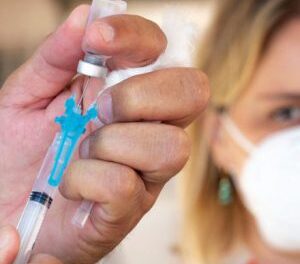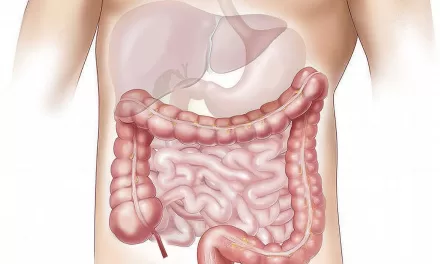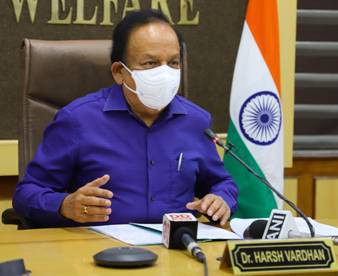As flu season kicks in, many Americans are once again feeling the familiar symptoms of congestion, aches, or low-grade fever. Since the pandemic, how we respond to these signs has shifted. With the availability of at-home combo tests for both COVID-19 and flu, making decisions about our health has become easier — yet there’s more to consider this season than just testing.
Testing from Home: Easier but Not Always Enough
Now, there are nine different at-home tests available that can detect both COVID-19 and influenza. They operate like COVID tests, costing around $10-12 each, though Pfizer offers a more advanced test for about $40 that detects genetic material. Despite the convenience, a negative test result shouldn’t be taken as an all-clear to resume daily activities, especially this year when respiratory syncytial virus (RSV) and whooping cough cases are rising.
CDC guidance suggests monitoring symptoms closely, which may help prevent spread more effectively than testing alone. Eric Chow, MD, MPH, from Seattle and King County, highlights that the shift towards symptom-based guidelines aligns with successful practices in Australia, France, and Canada.
Symptom Tracking: The New Focus
In response to “testing fatigue” among the public, the CDC now emphasizes symptom-based guidance. This shift acknowledges that respiratory illnesses, including COVID-19, influenza, and RSV, can all be spread by asymptomatic carriers. However, symptom awareness and isolation remain key strategies for limiting transmission.
Whooping Cough and Other Respiratory Concerns
Whooping cough, or pertussis, has seen a notable uptick, with case rates returning to pre-pandemic levels. Though concerning, with approximately 10,000 cases yearly, most infections are mild and managed at home. Like flu and COVID-19, pertussis spreads easily, so CDC guidelines encourage isolation for at least 24 hours after fever breaks to help curb transmission.
Understanding Your Risks and Watching for Red Flags
As you rest, drink fluids, and keep your distance from others, it’s essential to understand personal risk factors. High-risk groups, including pregnant women, children under five, adults 65 and older, and immunocompromised individuals, should seek medical care early, as antivirals work best when administered within a few days of symptoms.
Beyond high-risk groups, everyone should be vigilant for signs that suggest medical intervention may be needed. Rosa Norman from the CDC advises seeking immediate help if you experience symptoms like trouble breathing, chest pain, confusion, or a bluish tint to lips or nail beds.
When to Call the Doctor
If symptoms persist or worsen, even after testing negative for COVID-19 or flu, a healthcare provider’s insight may be necessary. Treatments for the flu and COVID-19 have specific windows for effectiveness, usually within 48 hours to five days of symptom onset. RSV currently lacks specific antiviral treatments, making symptomatic management and timely medical advice crucial.
The Power of Prevention
Vaccination remains the cornerstone of prevention, with updated COVID-19 and flu vaccines widely available. For RSV, the CDC advises vaccination for adults over 60 and at-risk groups, as well as infants, to prevent severe illness. Other preventive measures, like wearing masks in crowded areas, frequent handwashing, and maintaining ventilation indoors, also play a significant role in reducing the spread.
With the collective experience of the past few years, Americans are more prepared than ever to handle the complexities of cold and flu season. A blend of proactive prevention, symptom awareness, and timely medical care will be essential to navigating this season’s challenges safely.












